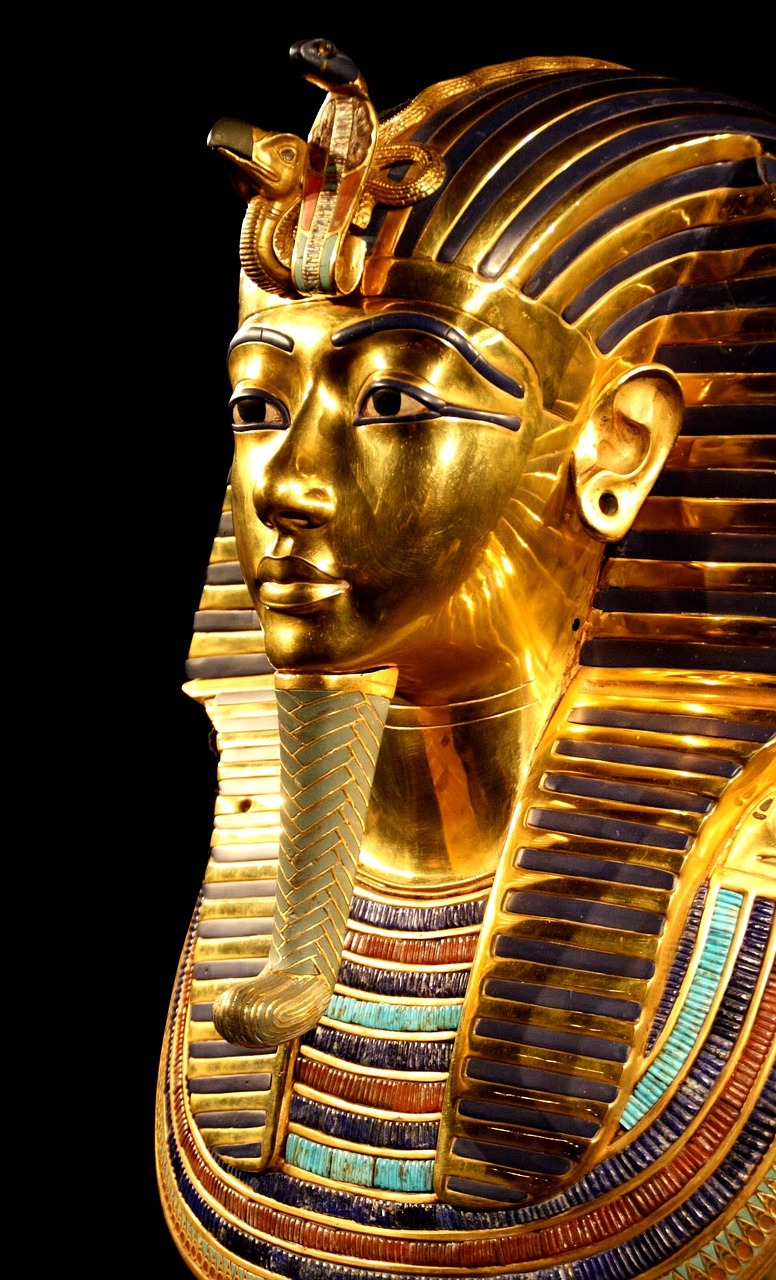The Concept of Maat in Ancient Egyptian Cosmology
The ancient Egyptian worldview is characterized by a series of dichotomies that define its culture and belief system, including Upper and Lower Egypt, the realms of the living and the dead, and the fertile land contrasted with the desert. Among these, perhaps the most significant duality lies in the concepts of maat (order) and isfet (chaos), which originate from the moment of creation and permeate every aspect of Egyptian life.
Translating Ancient Egyptian terminology, particularly concepts as complex as maat, into English is not a simple task. While ‘order’ is a common translation for maat, it fails to encapsulate the full spectrum of meanings associated with it. Scholars have described maat using a variety of terms, including balance, justice, harmony, righteousness, and truth, among others. Each term offers a glimpse into the richness of the concept, prompting a preference for the original term to accurately convey its nuances.
Personification of Maat
Maat, both a concept and a goddess, embodies the principles of order and balance in the cosmos. She is typically portrayed as a woman adorned with a feather, symbolizing truth and justice. In artistic representations, Maat is often depicted seated or standing, engaged in acts of divine service, such as appearing before the gods, particularly during the symbolic Weighing of the Heart ceremony for the deceased. As the daughter of Re, Maat is intimately connected with the pharaoh, who is regarded as the Son of Re, reinforcing the interdependence between the rulers and divine order.
At the cosmos’s inception, maat emerged from chaos, establishing patterns that govern all natural phenomena, including the changing seasons and celestial movements. In Egyptian thought, time is viewed as fixed and unchanging, where maat represents that enduring structure. Maat is essential for maintaining harmony in society, emphasizing that it is not only a state of being but a condition that requires continuous effort to sustain.
The Role of the Pharaoh
Central to the maintenance of maat is the pharaoh, whose primary duty is to uphold and convey this order both to the gods and within the realm. This role involves quelling chaos not only externally, in the form of foreign threats, but also internally, through the establishment of laws and social order. The pharaoh’s victories over enemies are frequently depicted in artwork, symbolizing his efforts to enforce maat against forces of disorder. When the king is shown subduing captives or displaying other nations’ insignia underfoot, it illustrates his commitment to establishing and safeguarding order.
Domestically, maat is mirrored in the legal and administrative frameworks of Egyptian society. The legal system derives its principles from maat, with laws intended to facilitate harmonious interactions among people. These laws, however, were not regarded as of divine origin but as practical measures for fostering social stability. Orders were hierarchically structured, with expectations aligning with individuals’ societal positions. The law acted as a safeguard, ensuring that power dynamics did not result in the oppression of the vulnerable.
The king’s relationship with the divine is reinforced through ritual offerings, where he presents the essence of maat—symbolized by the feather or goddess figure—to the gods. These offerings, including food, clothing, and incense, are pivotal in maintaining the gods’ existence and, in turn, the universe’s harmony. The continuity and stability of the cosmos hinge on the king’s adherence to maat.
Personal Adherence to Maat
On an individual level, adherence to maat is also essential. A distinct genre of Egyptian literature, known as wisdom texts, outlines the principles for leading a life in accordance with maat. These writings highlight that transgressing maat can lead to detrimental consequences. In the Old Kingdom, this typically resulted in adverse outcomes in the mortal world, while by the Middle Kingdom, the focus shifted toward judgment in the afterlife. Only those who embodied maat could attain an esteemed existence as an akh in the idealized afterlife, the Field of Reeds.
There are various opposing concepts to maat, with isfet being the most recognized. While isfet broadly denotes chaos and disorder, it encompasses actions that contradict the established order. Unlike notions of sin prevalent in other cultures, the Egyptian perspective on isfet does not imply inherent human wrongdoing but rather emphasizes the potential for individuals to live in accordance with maat throughout their lives.
In contrast to contemporary Western binaries of right versus wrong, the Egyptian duality of maat and isfet reveals a fundamental difference. In modern culture, righteous action can sometimes necessitate challenging or rejecting societal norms. However, Egyptian ideology emphasizes adherence to established order as integral, fostering a conservative societal viewpoint. Shifts in cultural practices were permitted only when presented as a return to traditional customs, as change was perceived as a threat to the cosmic order.
Conclusion
The intricate interplay of maat and isfet defines the ancient Egyptian ethos, influencing every facet of their civilization. This duality not only upheld the stability of society and governance but also shaped individual lives and spiritual beliefs, illustrating a deeply interconnected worldview.



